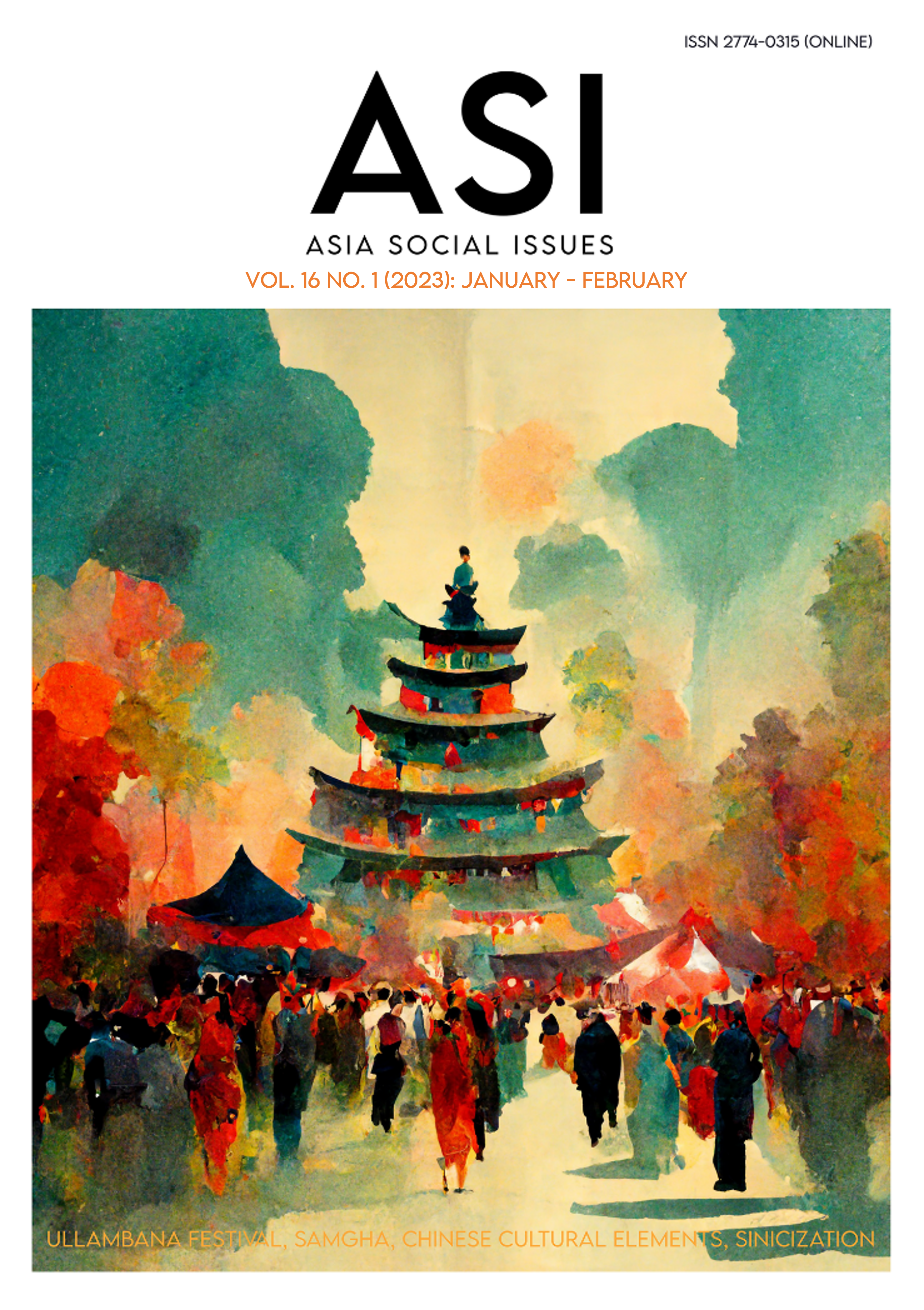The Study of “The Image of Walailak University According To The Perceptions of Graduates and Parents of Graduates Who Graduated in the Academic Year 2017”
Main Article Content
Abstract
A study of “The Image of Walailak University according to the Perceptions of Graduates and Parents of Graduates who Graduated in the Academic Year 2017” was aimed to 1) Study the image of Walailak University according to the expectations and perceptions of graduates and parents of graduates who graduated in the academic year 2017, 2) Study the differences in the image of Walailak University according to the expectations and perceptions of graduates and parents who graduated in the Academic Year 2017, 3) Study the relationship in the perception of Walailak University’s image among graduates and parents of graduates who graduated in the academic year 2017 that affects behavior in recommending students to study at Walailak University, and 4) The perception of Walailak University image was related to the behavior of recommending to study at Walailak University. Methodology and statistics were as follows: 1) Descriptive Statistics: frequency distribution, percentage, mean, and standard deviation. 2) Reference statistics or inferential statistics were used to test the following hypotheses: 2.1) T-test and 2.2) Analysis of Variance (ANOVA), 2.3) Correlation analysis and, 2.4) Chi-Square Tests analysis from the Pearson Chi-Square and Likelihood Ratio. It was found that: 1) there were different expectations and perceptions of the university in graduates and their parents with different subject groups, parents with different educational levels, incomes, and occupations, both overall and in each aspect. While there were no differences in expectations and perceptions of the university image between the graduates and their parents whose hometowns were different, including graduates with different levels of education, both overall and in each aspect. 2) Graduates and their parents had expectations and perceptions of the university’s image regarding management, products and services, facilities and environment, social responsibility, and reputation, with statistical differences. 3) The correlation coefficients of image expectations and perceptions of the university in the positive image were at a high level in Management and overall aspect. The correlation coefficient of the image expectation and the positive perception of the university image was moderate. There were four aspects, respectively, as follows: Products and Services, Social Responsibility, University Reputation, and Facilities and Environments, and 4) The perception of the university image in terms of products and services, facilities and environment, social responsibility, reputation, and overall were related to the behavior of recommending to study at Walailak University. At the same time, the perception of management image was not related to the behavior of recommendation to study at Walailak University.
Article Details

This work is licensed under a Creative Commons Attribution-NonCommercial-NoDerivatives 4.0 International License.
Copyright: CC BY-NC-ND 4.0
References
Aaker, D. A. (2005). Strategic market management. New York: Wiley.
Assael, H. (1998). Consumer behavior and marketing action (6th eds.). Ohio: South-Western College.
Chaiset, O. (2008). The image of Payap University from the point of view of Payap University students and Mattayomsuksa 6 students in Chiang Mai province (Master’s thesis). Chiang Mai, Thailand: Chiang Mai University.
Eccles, G. (2004). Professional practice marketing the corporate university or enterprise academy. Journal of workplace learning, 16(2), 410-418.
Hanna, N., & Wazniak, R. (2001). Consumer behavior an applied approach. New Jersey: Prentice Hall.
Kotler, P., & Fox, K. F. A. (1985). Strategic marketing for educational institutions. New Jersey: Prentice-Hall.
Maringe, F. (2005). Interrogating the crisis in higher education marketing: The CORD model. Journal of Education Management, 19(7), 564-578.
measuring customer perception of service quality. Journal of Retailing, 5(41), 12-40.
Parasuraman, A., Berry.L.L. & Zeithaml,V.A. (1985). A conceptual model of service quality and its implication for future research. Journal of Marketing research, 49(4), 41-50.
Parasuraman, A., Zeithaml,V.A. & Berry.L.L. (1988). SERVQUAL: A multiple-item scale for
Schiffman, L. G., & Kanuk, L. L. (2007). Consumer behavior (9th eds). New Jersey: Prentice Hall.
Sittisomboon, M., Chongjit, S. W., & Senokarn, J. (2020). Concept of corporate image building. Graduate School Journal, 15(1), 149-160.
Suwannachot, T. (2003). Communication strategies to create advantages in private university management (Master’s thesis). Bangkok., Thailand: Thammasat University.
Thaweerat, P. (1997). Research methods in behavioral and social sciences. (7th eds). Bangkok: Srinakharinwirot University.
Walailak University. (2018). Executive. Retrieved from https://www.wu.ac.th/en/about/75/Executive
Yamane, T. (1967). Statistics, an introductory analysis (2nd eds.). New York: Harper & Row.
Zeithaml,V. A., Parasuraman, A., & Berry.L. L. (1990). SERVQUAL: Delivering quality service: Balancing customer perceptions and expectation. New York: Free Press.


